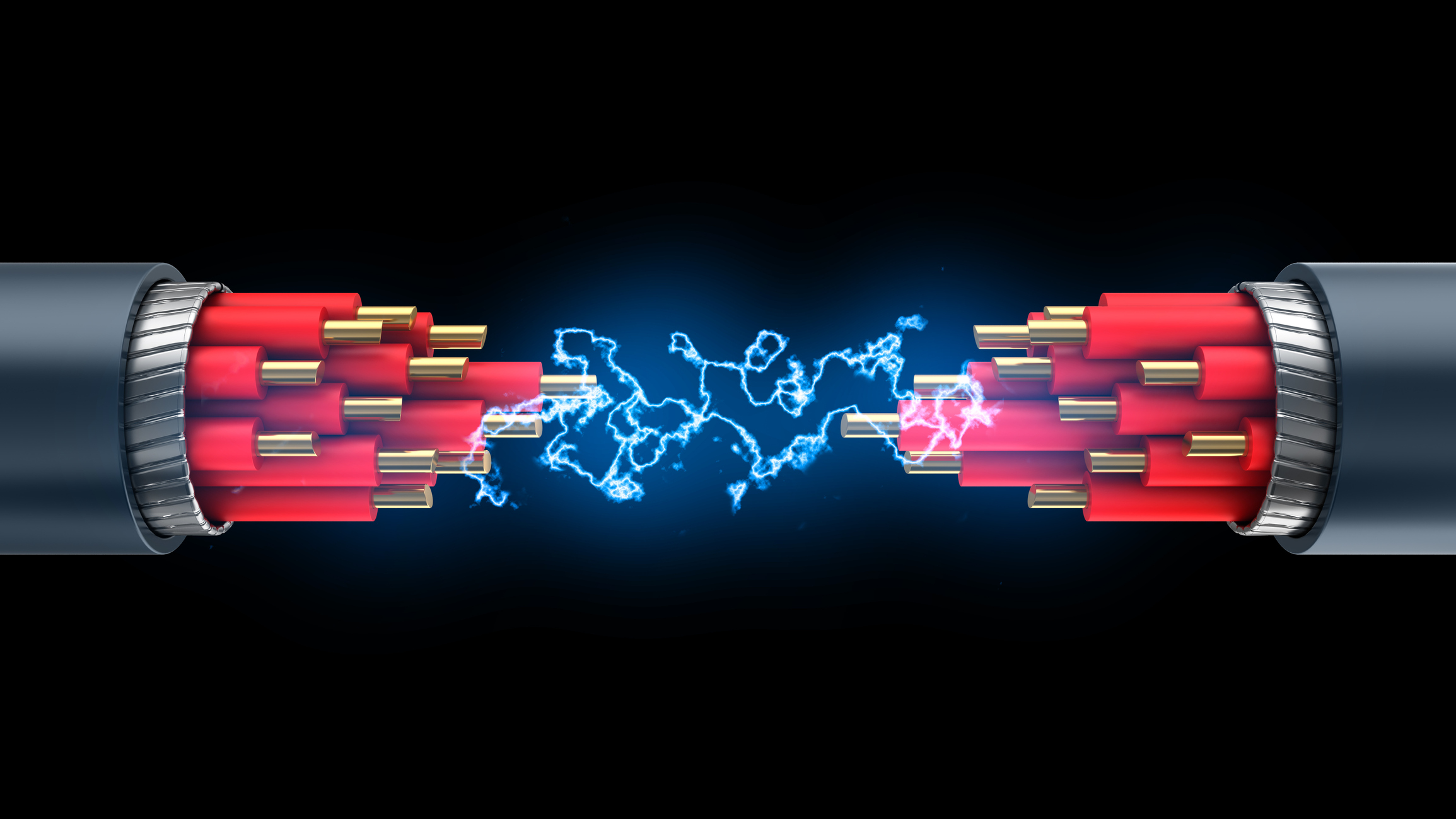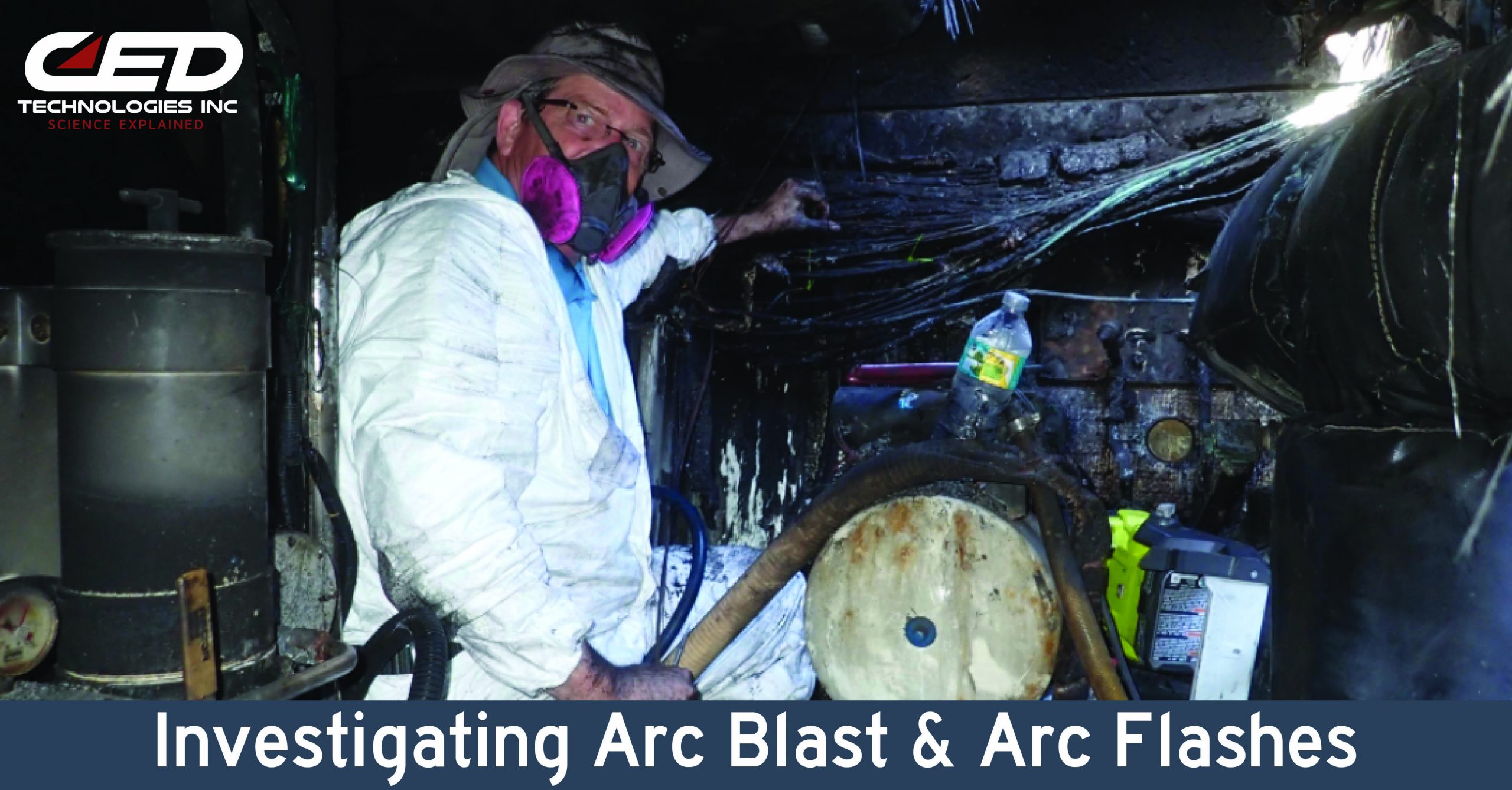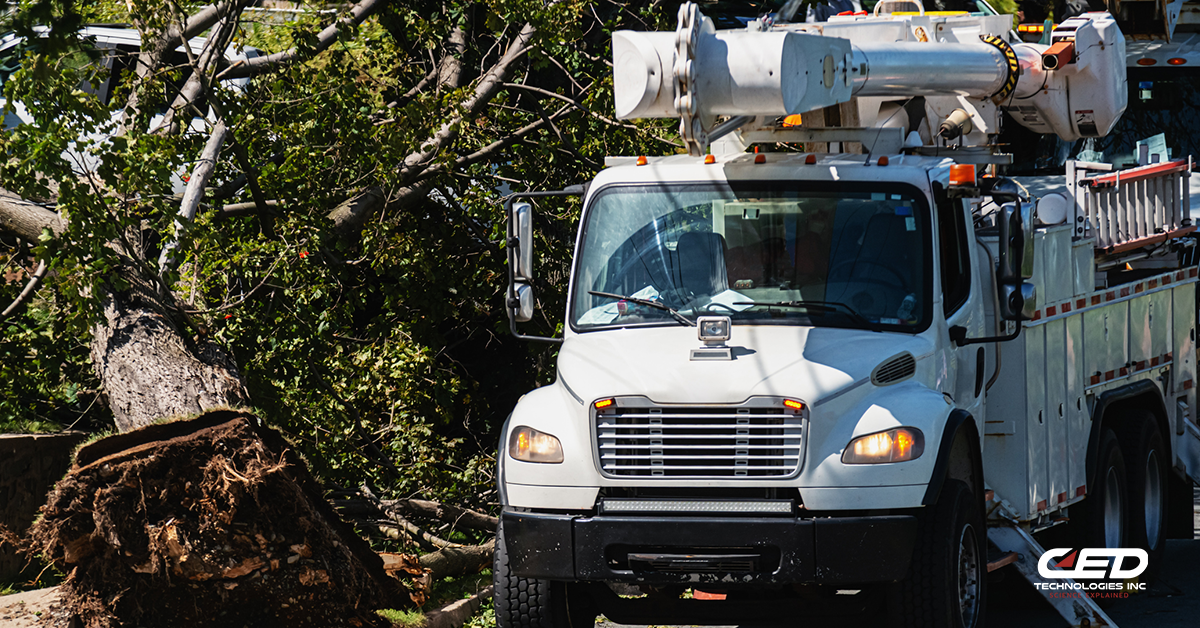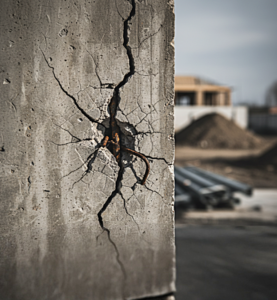What is arc flash? What is arc blast?
Arc flashes and arc blasts are two components of a complex phenomenon gaining increased attention in the electrical safety world that are often used interchangeably. Any electrical arc is basically electricity traveling through the air (ionized gases). While the amount of electrical energy traveling through the air can vary, the terms arc flash and arc blast have come to be associated with a very specific electrical hazard for voltages above 240 volts. Arc flash is the burning energy of an arc (think 35,000 degrees Fahrenheit) that can cause equipment damage and personal injuries that are in close proximity to the arc. The arc blast is the explosive energy of an arc (think very loud explosion of gasses and metal traveling at 700 miles an hour). In the world of fire and explosion investigation, arcing can be the ignition source of a fire or explosion while an arc flash/blast is the firebomb.
Who can offer opinions on arc flash?
Experts who opine on arc flash and arc blast are typically electrical engineers. Mechanical engineers and fire investigators also serve as experts into this fire and science focus. What matters most regarding the credibility of the expert is for that expert to have experience with arc flash and arc blast. This experience often comes from journal review, standard review and calculations, and physical inspection of evidence.
Who can be liable in fire or explosion where arc flash is suspected?
Obviously, determining contributing factors and root cause should follow a scientific process. NFPA 70E – 2018, Standard for Electrical Safety in the Workplace, instructs employers to conduct an arc flash analysis to determine the amount of thermal energy that could be generated in an arc flash incident. The information is then used to define a flash protection boundary around the potential source, and to determine the level of flame-resistant apparel and other personal protection equipment required when employees cross the boundary while they work on or near exposed live parts. Oftentimes, installers of electrical systems or servicing electrician are culpable. In other cases, manufacturing defects within the electrical wire or electrical system can cause the arc flash. To find out more about how and why arc flash occurs and causes fires and explosions, contact CED at 800.780.4221.Click Here To See Our Full List of Experts Click Here To Submit an Inquiry about a possible Claim or Case.






